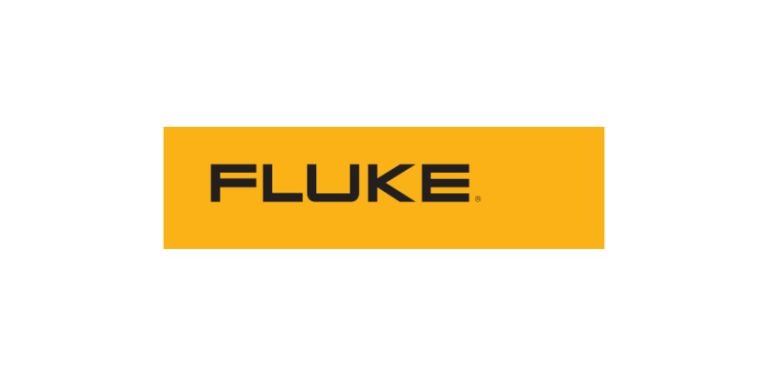Big Data Isn’t Just for Big Companies Anymore

We have all heard the expression “big data” in the context of retailers studying the buying habits of their customers. The premise is fairly simple. Gather data about the buying habits of your customers, look for patterns, then present products in manner that makes them more attractive. While this tactic was once thought to be available only to large organizations with sophisticated software, the reality is that strategic data analysis is available to even the smallest of companies. You just have to know where to look.
Mining data for information is nothing new. I know several companies that were helping distributors extract data from their software in the ’90s. I have a couple of friends that left their full time jobs to be data mining consultants. It was that powerful. I am not sure why the movement faded from our list of initiatives, but I do know that it is back with a vengeance. Companies are hungry for data and you should be too.
As I have mentioned in previous columns, my consulting practice tends to take on themes. It seems as though my client base tends to take on this collective mind meld. Right now, we are all talking about the analysis of data and how reporting can help us make better management decisions. The beauty of this analysis is that the data are already being readily accumulated by your software package. It accumulates information about your customers’ buying habits 24 hours a day, 7 days a week. Trust me, there is no shortage of information to dig into. Think about this: every sales order is telling you something about the buying preferences of the customer. Do they prefer bulk or packaged quantities? Do they prefer import versus domestic brands? Do they treat you as a one-stop shop or a niche player for specialty items? All of this can be gleaned by dipping your net in the data stream.
There are several ways to start your fishing expedition. First, learn about the reporting capabilities built into the software package you already own. Reporting modules are one of the most underutilized tools in any software package. I will freely admit that some of them are disappointing. The data are there, but the software manufacturer did not see the value in providing adequate tools for extraction. Let’s face it. These folks are not distributors. They understand the how, but not the why.
If the tools at your disposal are fairly inadequate, fear not. There are several low cost solutions that can help you build management worthy documents. Crystal Reports has been an old standby used by IT professionals for the last two decades. I am sure that there are several other basic, economical report writers that will allow you to extract information and put it into a meaningful format.
If you are ready to take on the challenge, there are several more sophisticated reporting packages out there. They are often referred to as “business intelligence” software. Again, many of your ERP providers offer these packages as an optional module. This really isn’t a bad option. If the ERP owns the package, they will generally be able to support it and you will experience less arguing between two different software providers. Beyond this, there are many tried and true third party packages like MITS. These packages often provide sophisticated visual elements like dashboards or executive indicators. Could you build these yourself? Probably, but why reinvent the wheel? These companies have several users that contribute to the development of the product.
As of late, I have seen a new hybrid package hit the market. Although they bill themselves as CRM packages, many of the stronger offerings provide a dual function. Not only are they robust CRM systems, they also offer very solid business intelligence tools. I have been most exposed to Microsoft Dynamics CRM, but I believe that both Tour De Force and Salesforce have similar capability. I watched a consulting firm put on a demonstration of the Microsoft capability and was thoroughly impressed. This firm was made up of old distribution software people, so I have a little more faith in their capabilities. If you need a reference, just ask.
Behind every good data extraction program is someone who can manipulate the data. It is time to invest in a report-writing guru. Rather than add one more purchasing agent to the staff as business increases, consider investing in a data analyst. This person can be invaluable to your organization. Not only can they create impressive reporting, they can actually make business recommendations based on what they see. No longer do you have to pour through reports for critical information. A good analyst can alert you to trends or anomalies so that you can shift gears faster. I have seen several clients make this mental shift to data analytics versus gut feel and intuition.
Now that we have covered the how, equally important is the why. What is the purpose behind investing in data analysis? Getting a better return on your technology investment is one really good justification. Most distributors use less than 20% of the capability of their ERP. Compared to the percentage of that package you paid for, the math isn’t really working out in their favour. Ultimately, I want distributors to use data analysis to make better investment decisions. We all have a finite amount of money to invest in the business. Given that reality, we should be doing everything in our power to maximize the return on that investment.
If you speak to any branch managers, they never have enough space in the warehouse. Chances are, they just have too much of the wrong product on the shelves. Studying data will help these managers adjust the stocking levels to be better in tune with the current needs of their customers. They will be able to spot products on the decline and be able to make better decisions when allocating space. The customers are telling you what they want you to stock. You just need the right instrument to hear them.
Many distributors have very low line counts per order. The average is certainly lower than most sales people think. For clarification, I am referring to the average lines on a typical sales order. Low line counts run up transactional costs for both the distributor and the customer. Frankly, customer service is diminished when a distributors fails to provide all the product a customer needs in an application. A simple study of data and pattern recognition will help the distributor bring this challenge to light. Once recognized, the company can set goals for improvement.
I happen to be working on margin improvement with several clients. This would not be possible without solid access to sales data. In fact, I will go out on a limb and suggest that there is a strong correlation between the success of any margin enhancement program and access to solid reporting. I can do a lot of work by just reminding sales people how valuable their services are, but it needs to be followed up with a program designed to raise prices on less sensitive items. While some folks claim to be dialed in to the sensitivity of their product mix, I have a hard time believing that you can really know how high to set the bar on 5000 active SKUs.
I am an unabashed data junkie. I believe that the ability to extract transactional data and put it into a meaningful format is one of the best ways to drive net profit. Building reports is only the first step. Progress occurs when we analyze this information and take management action. Now get up, go walk down the hall and knock on the door of your IT manager. Find out just how much your system could be telling you. Remember, I am always here to help.
Jason Bader is the managing partner of The Distribution Team, a firm that specializes in helping distributors become more profitable through strategic planning and operating efficiencies. The first 20 years of his career were spent working as a distribution executive. Today, he is a regular speaker at industry events and spends much of his time coaching individual distribution companies. For more information, call (503) 282-2333 or contact him by e-mail at Jason@Distributionteam.com. Also visit The Distribution Team’s website at www.thedistributionteam.com.











